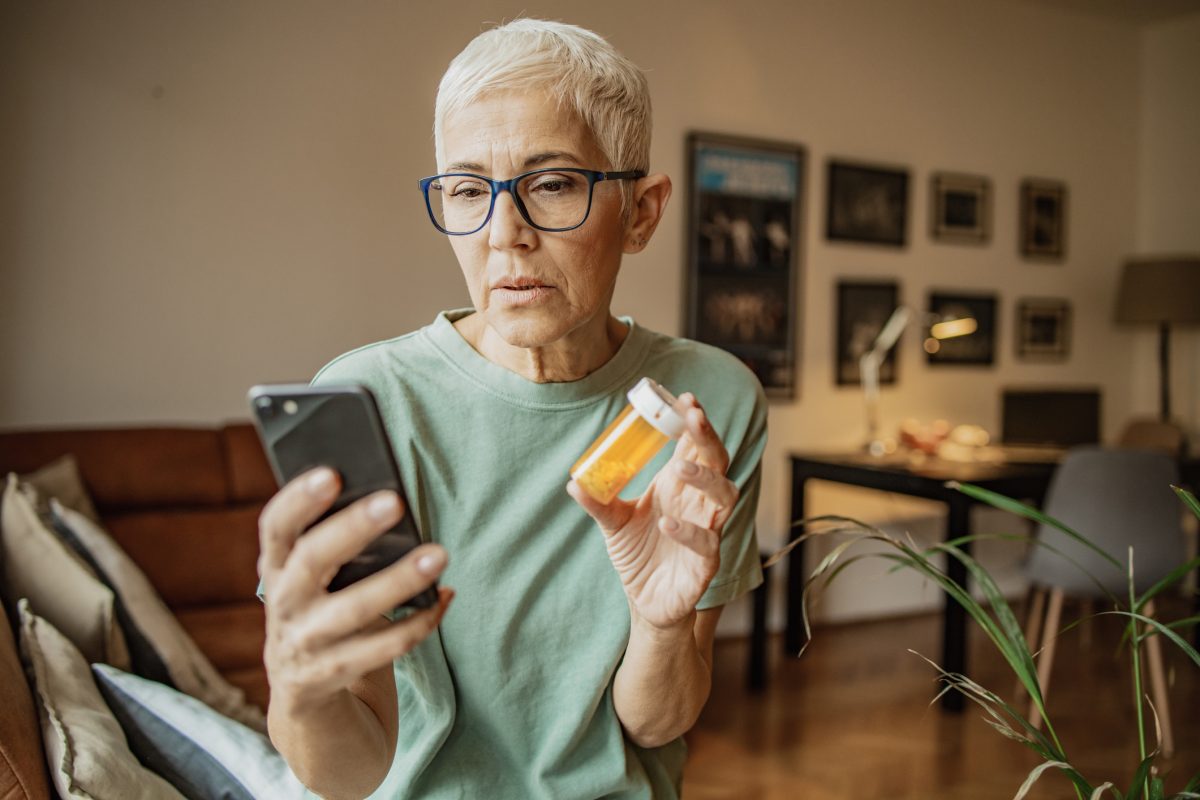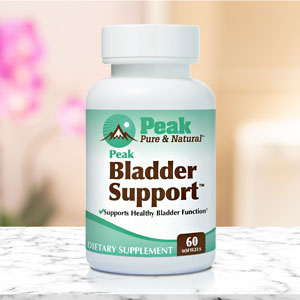With opioid addiction running rampant across the United States, doctors have been switching to different medicines to treat pain. One non-narcotic, non-opioid drug class they have hit upon as an alternative is gabapentinoids.
Commonly prescribed for neuropathic pain and seizures, gabapentinoids are also prescribed for many different kinds of pain, such as back pain. These uses are part of the reason gabapentinoids are now one of the top 10 prescribed drugs in the U.S.
For instance, prescriptions for one gabapentinoid, gabapentin, have grown from 18 million in 2004 to 40 million in 2022.
But even though these medicines are seen as safer than opioids, that doesn’t mean they’re completely without risk. In fact, gabapentinoid use has been connected with a debilitating condition that afflicts many elderly people…
Gabapentinoids and hip fracture
Medicine safety experts at Monash University in Australia analyzed the data for 28,293 patients hospitalized for hip fractures in Victoria, Australia across a five-year period.
Study results showed patients had a 30 percent greater risk of suffering a hip fracture within two months of being given a gabapentinoid medication. The link between gabapentinoids and hip fractures existed across different age groups, but the odds of hip fracture were higher among patients who were frailer or had chronic kidney disease.
Gabapentinoid use increased eightfold in Australia between 2012 and 2018, with one in seven Australians aged 80 and older prescribed a gabapentinoid during this period.
Study co-author Simon Bell, a professor at Monash, says while gabapentinoids can be effective for neuropathic pain, their side effects include dizziness, gait disturbance and balance disorder.
Lead author of the study and Monash Ph.D candidate Miriam Leung says the study highlights the need for caution before prescribing gabapentinoids, especially for people who are prone to falls and fractures. Bell adds that the presence of frailty and chronic kidney disease should also be taken into account.
The researchers say further studies are needed to investigate the risk of hip fracture with different dosages of gabapentinoids and with different degrees of kidney impairment. They are also working with the University of Eastern Finland to investigate hip fractures in patients with Parkinson’s disease.
Alternative pain regimens
For people over the age of 80, the survival rates from hip fractures are worse than for people living with some cancers.
Bell says anyone presently taking a gabapentinoid should discuss it with their doctor or pharmacist first before deciding to discontinue treatment.
If you do decide to forego gabapentinoids, you may want to consider one of these natural pain-relieving alternatives before your doctor whips out that prescription pad again.
- Acupuncture: Harvard Health says acupuncture may relieve pain by releasing endorphins — the body’s natural pain-killing chemicals — and by affecting the part of the brain that governs serotonin, a brain chemical involved with mood.
- Exercise: While exercise may seem counterintuitive for pain, the longer you work out, the greater your ability to tolerate pain thanks to the body’s natural release of adrenaline and endorphins. And certain exercises, such as yoga, have been proven to relieve pain.
- Mindfulness-based stress reduction and/or cognitive behavioral therapy: In one study, 61 percent of those practicing mindfulness-based stress reduction and 58 percent of those practicing cognitive behavioral therapy saw improvement in their chronic lower back pain.
- Omega-3 fatty acids: These have been proven in studies to reduce inflammation and relieve arthritis pain.
Sources:
Neuropathic pain drugs found to increase risk of hip fracture in older adults — ScienceDaily
Gabapentinoids and Risk of Hip Fracture — JAMA Network Open
Number of gabapentin prescriptions in the U.S. from 2004 to 2022 — Statista
Read full article here




